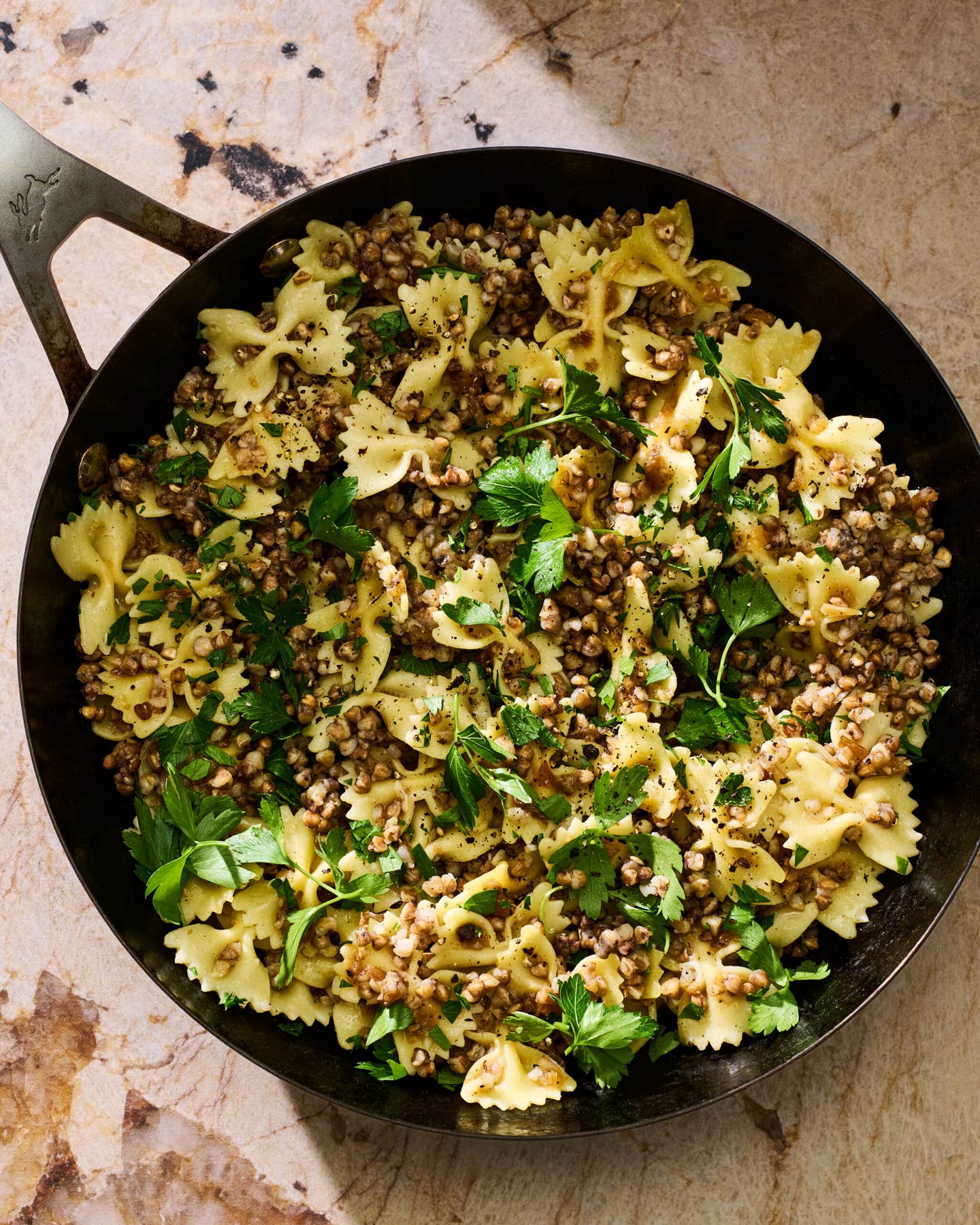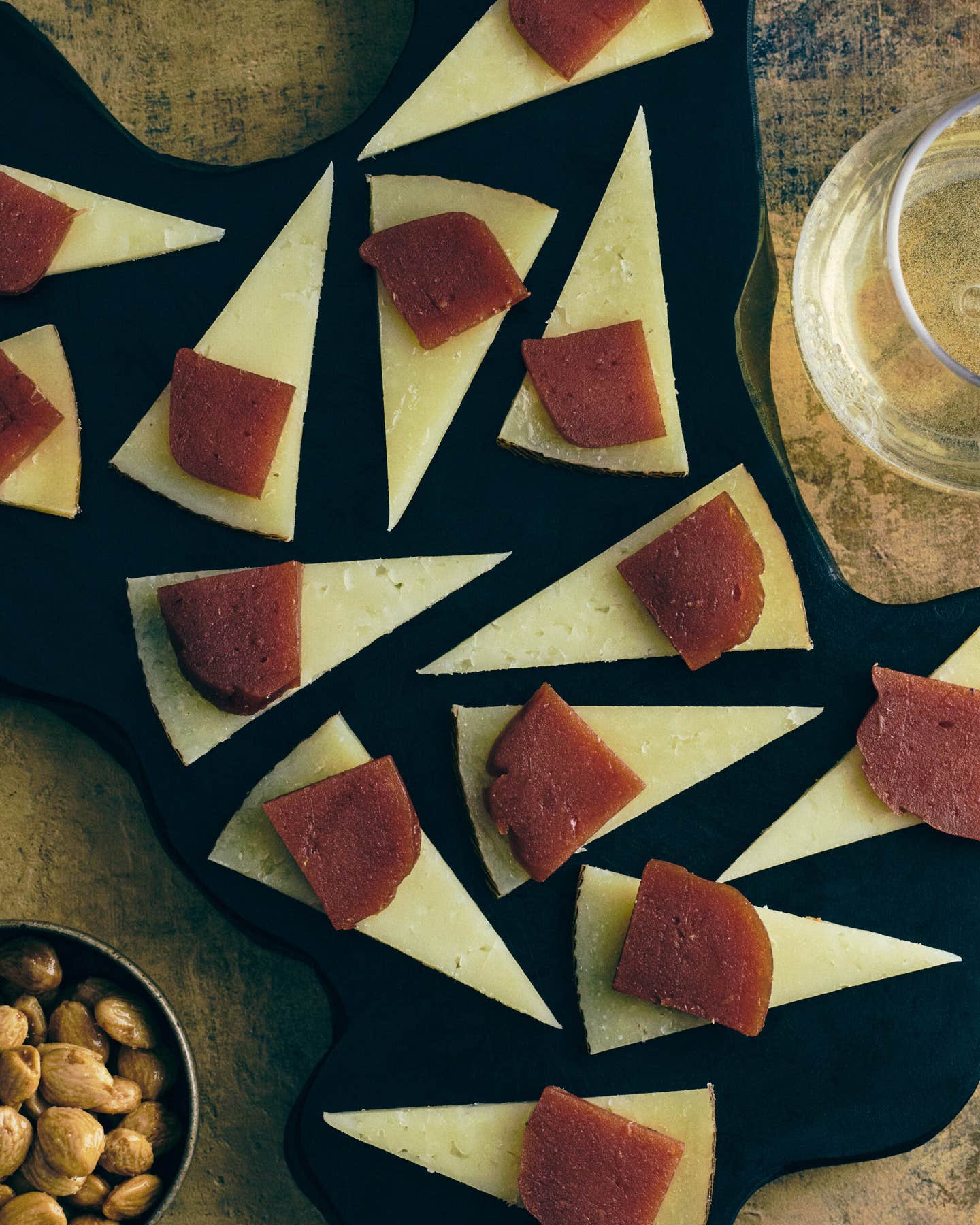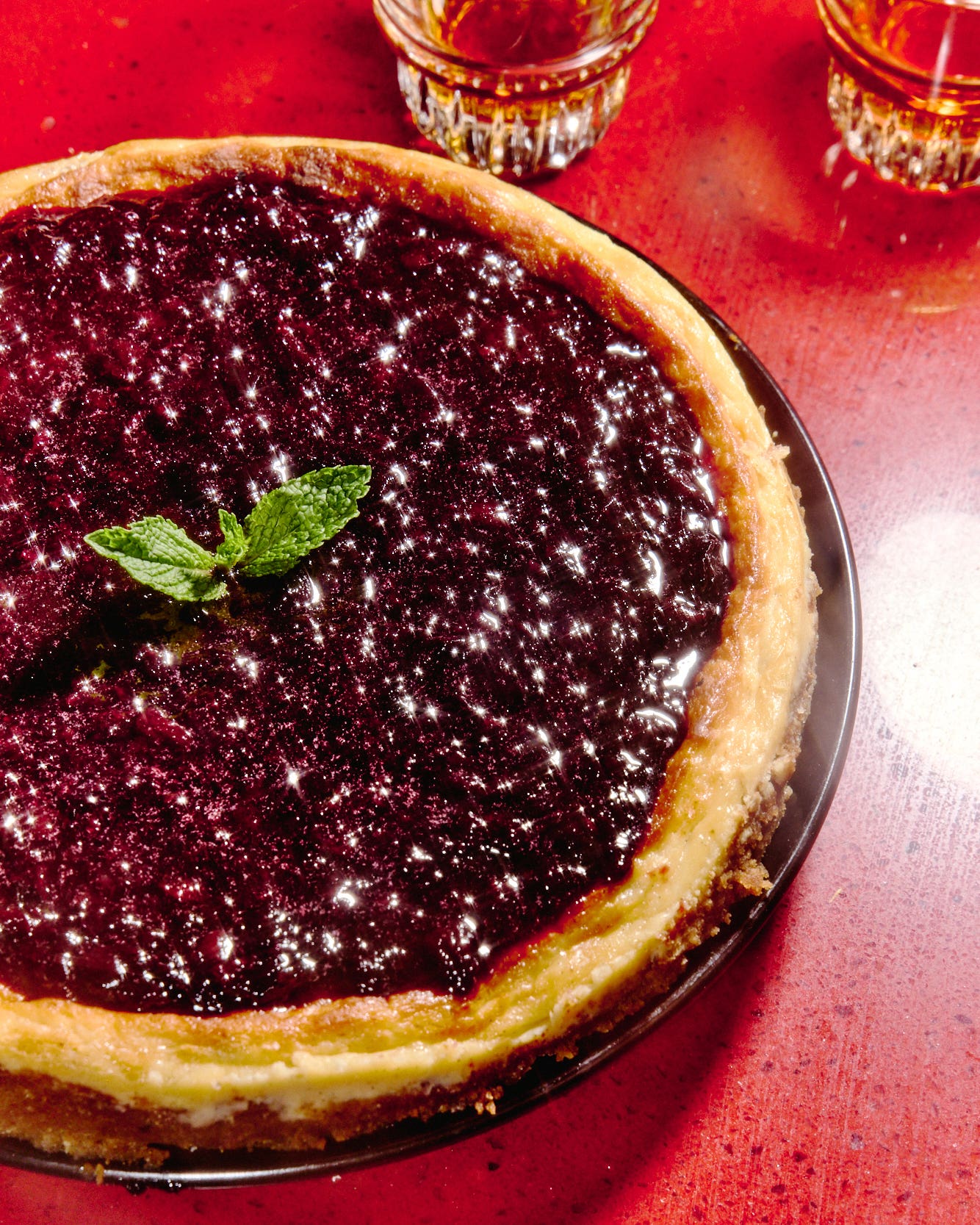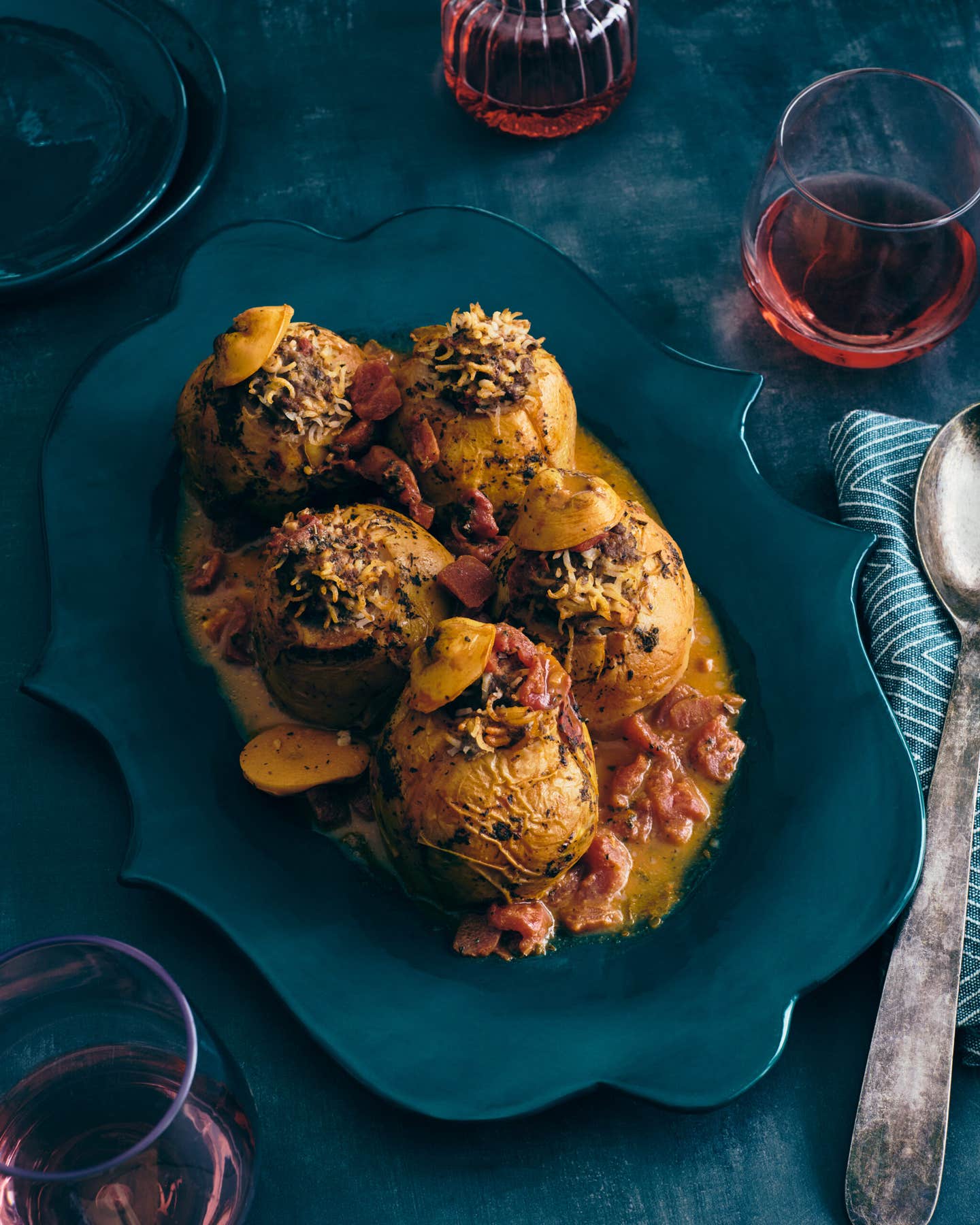
How to Make a Pot of Chinese Tea
For maximum flavor, fine Chinese teas should be brewed—infused is the more accurate word—not in a conventional large teapot (even one made in China) but in a small ceramic pot, or a lidded porcelain or glass cup (called a zhong in Chinese). An eight-ounce pot produces about four cups of tea, if the traditional thimble-size cups are used.
The water you use to brew your tea makes an enormous difference to its flavor. It is commonly believed in China that each leaf is best infused with water from its place of origin—hardly practical in America, obviously. If you're going to invest in fine teas, though, don't ruin them with chlorine-laced tap water or even bottled water with an unsuitable mineral content. If you have access to a spring, an unpolluted stream, or a well, artesian or otherwise, by all means try its water. If you use bottled water, remember that waters with a high mineral content (Evian, for instance) seem to bring out the richness and sweetness of green tea, while those with a low mineral content (e.g., Volvic) make the finest infusions of other types of tea.
TO INFUSE CHINESE TEA:
1. Fill the teapot ⅓ to ½ full of dry tea leaves. Heat the water to just boiling, then let cool to the appropriate temperature (110°-160° for green teas, 175°-195° for white, 195°-210° for semifermented, 210° for black).
2. Fill the teapot about ¾ full of this water, then pour it off immediately and discard. This washes away any dirt or dust from the leaves, starts the tea leaves opening so they will release their full flavor upon infusion, and warms the pot.
3. Refill the teapot with more water at the same temperature. Let it sit: 1-5 minutes for green tea, 1-2 minutes for white, 15-60 seconds for semifermented and black.
4. Carefully pour every drop of the first infusion into the cups (or into another container if the cups won’t hold the entire amount). Though fine teas can be expensive, the good news is that green and white teas will yield two to three infusions, semifermented and black ones five or more—though later infusions require longer steeping.
Keep Reading
Continue to Next Story










